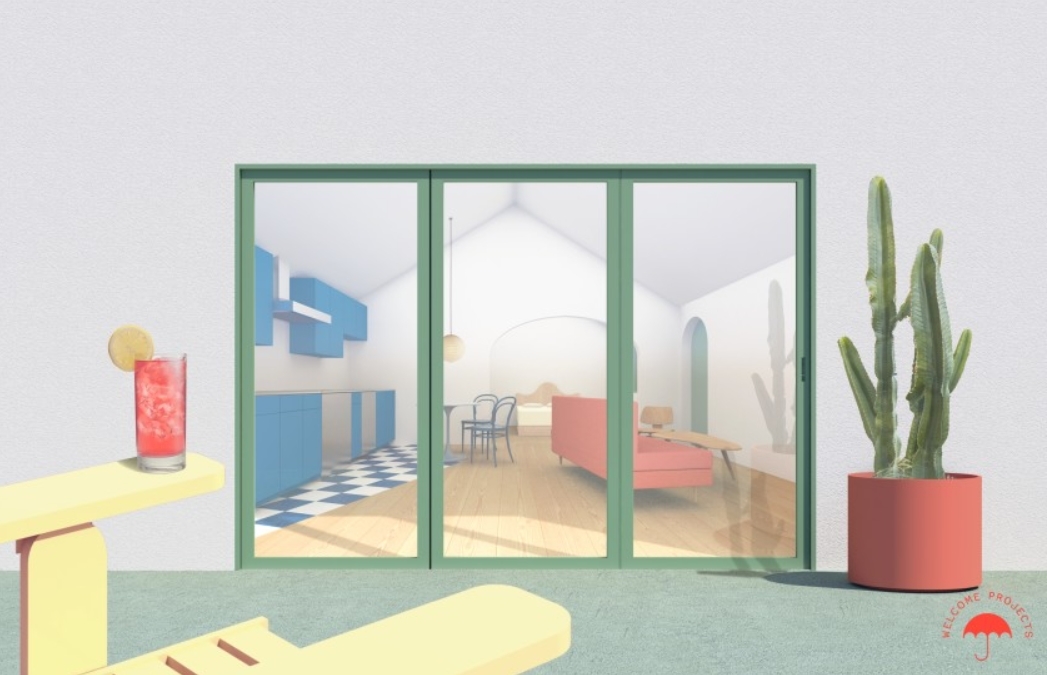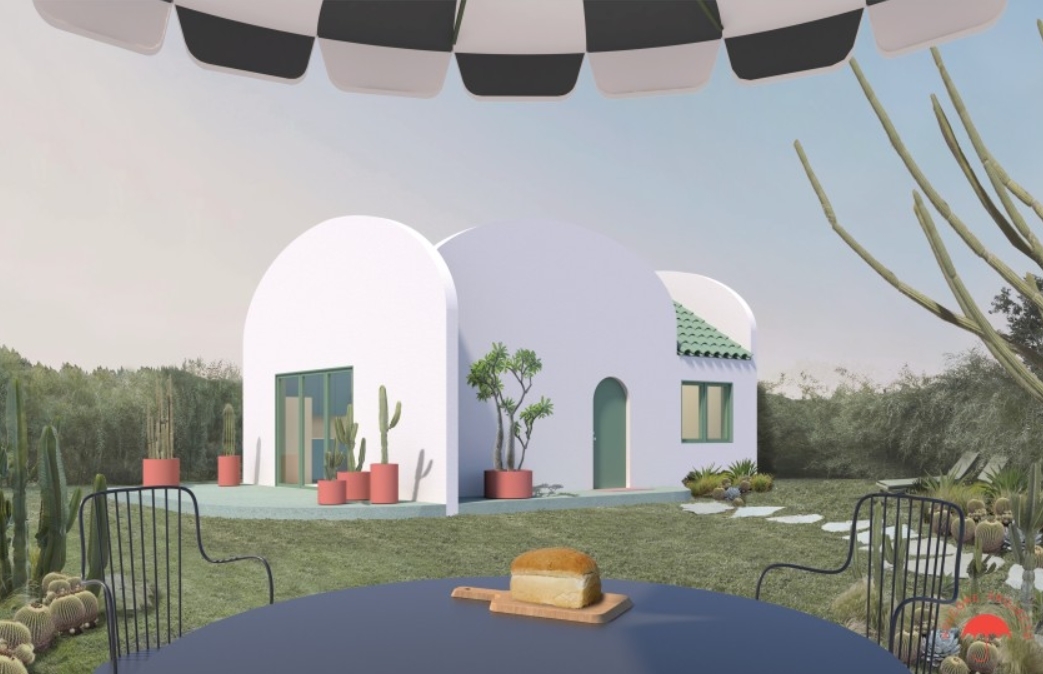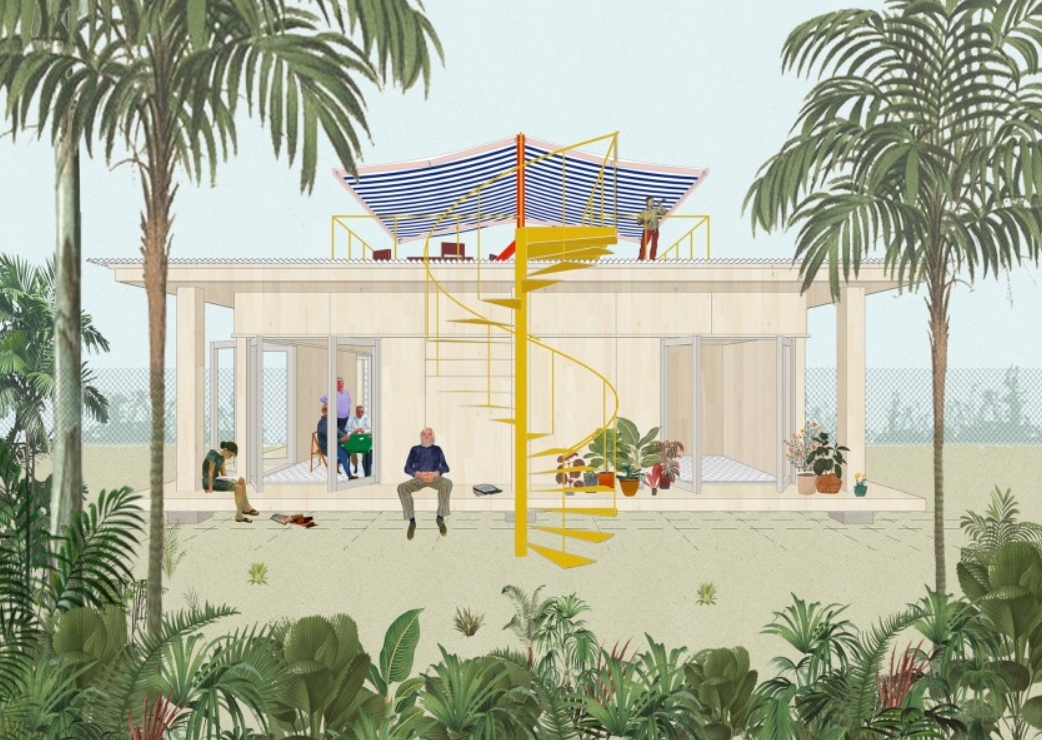Welcome to DU!
The truly grassroots left-of-center political community where regular people, not algorithms, drive the discussions and set the standards.
Join the community:
Create a free account
Support DU (and get rid of ads!):
Become a Star Member
Latest Breaking News
Editorials & Other Articles
General Discussion
The DU Lounge
All Forums
Issue Forums
Culture Forums
Alliance Forums
Region Forums
Support Forums
Help & Search
The DU Lounge
Related: Culture Forums, Support ForumsHow Los Angeles is bringing high design to the granny flat -- while saving time and money
https://www.latimes.com/entertainment-arts/story/2021-03-05/new-city-program-brings-high-design-concepts-to-granny-flat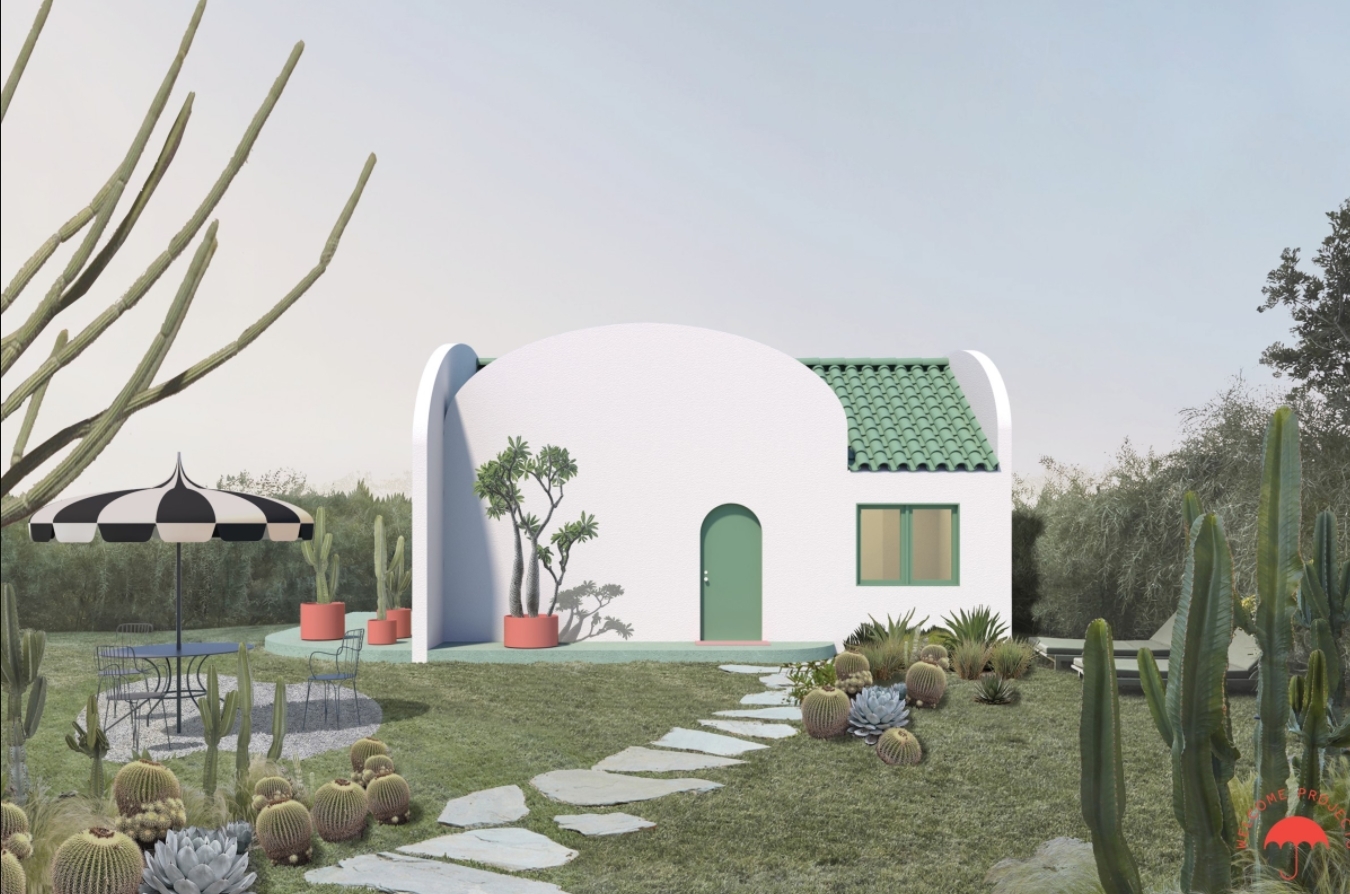
Before there is architecture, there is red tape. That’s certainly the case in Los Angeles, where the simple act of securing permits to build an average granny flat in an average backyard can turn into an epic back and forth with the city’s Department of Building and Safety over tweaks to drainage and electrical systems. A new initiative organized by Mayor Eric Garcetti’s office in collaboration with Building and Safety aims to change that — while inserting a bit of high design into a housing stock whose aesthetics generally lie somewhere on the continuum between box and shed. Imagine, instead, a playful studio in the form of a flower, or a contemporary two-story apartment that offers minimalist chic at a backyard scale — all available as designs that have been preapproved by the city for construction, thereby shaving weeks off the permitting process.
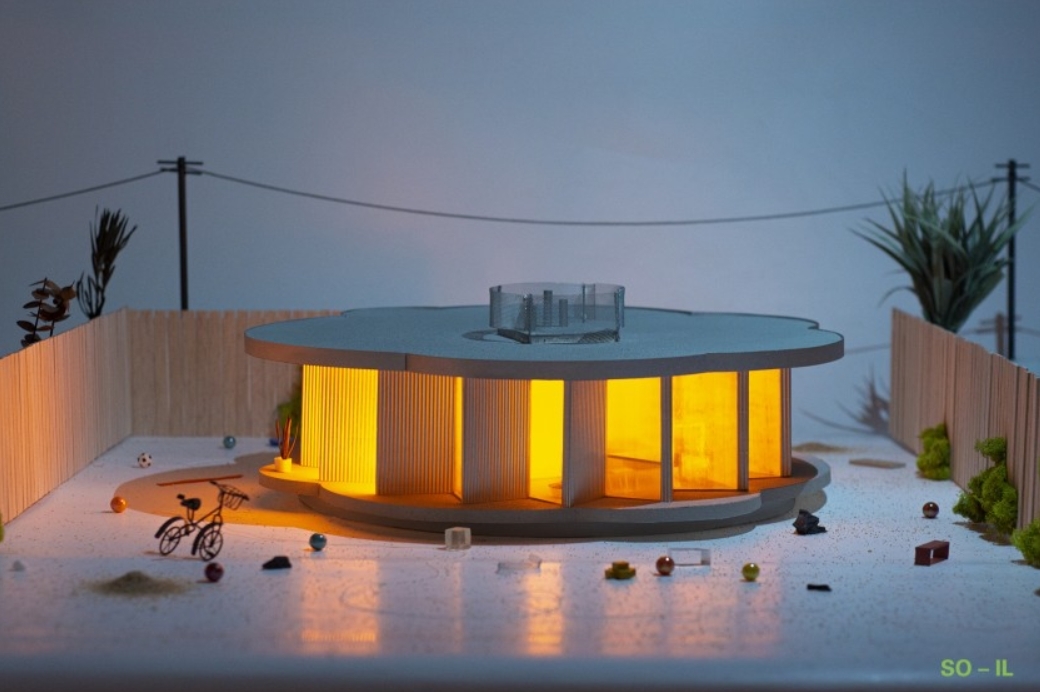
More than a dozen designs for accessory dwelling units, known as ADUs, will be offered through the city’s ADU Standard Plan Program, set to launch Friday. The small-scale, stand-alone residences are generally tucked into properties zoned for single-family homes. The idea, says the city’s chief design officer (and former Times architecture critic), Christopher Hawthorne, is to take a weeks-long permitting process and “turn it into an approval that is over-the counter.” In its initial incarnation, the program will feature designs by a range of architectural studios, from the well-established to the up-and-coming, including Escher GuneWardena, Fung + Blatt, Taalman Architecture, Design, Bitches and wHY, the Culver City-based firm led by Kulapat Yantrasast that has had a hand in numerous museum expansions — most recently, the Asian Art Museum in San Francisco. The New York-based SO-IL, the designers behind the well-reviewed Jan Shrem and Maria Manetti Shrem Museum of Art at UC Davis, contributed the flower-shaped-studio concept. “We want to solve the housing crisis; we want to stabilize our neighborhoods,” says Garcetti of the initiative. “But we also want to see beautiful design.”
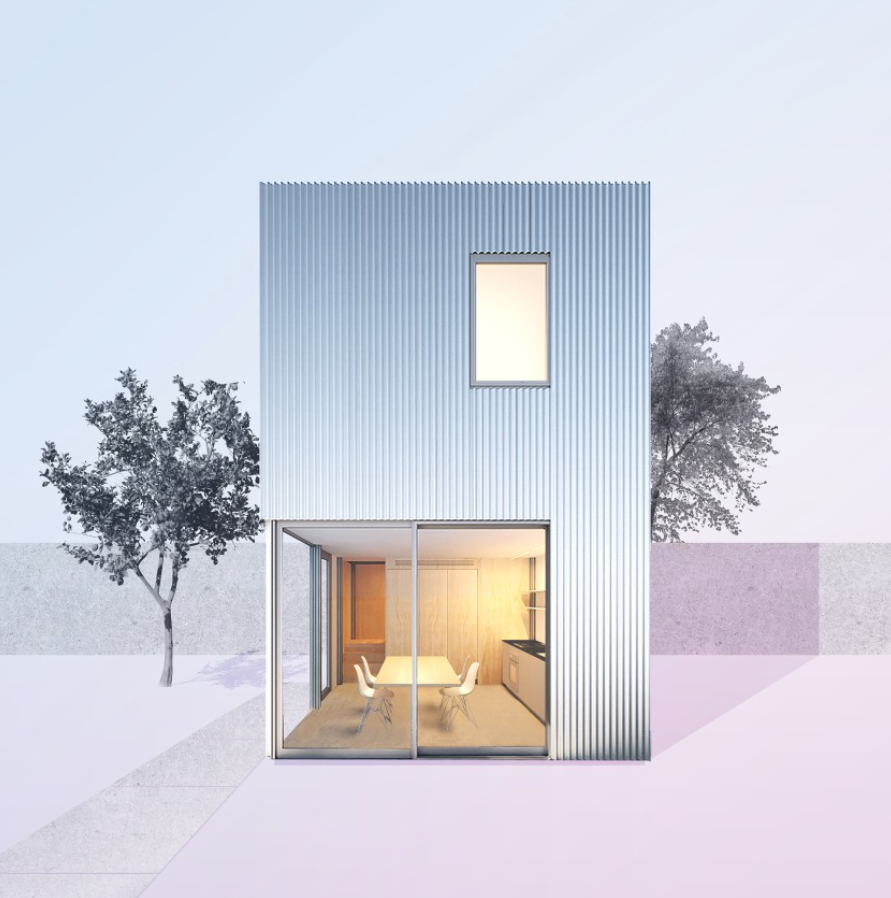
The Standard Plan Program, which was organized, in part, by a team within the mayor’s office led by Hawthorne, along with the mayor’s planning and development manager, Theadora Trindle, accomplishes several goals. First, it simplifies the construction of ADUs — a critical form of housing stock — in the midst of a housing crisis. Second, it supports the work of forward-thinking architectural firms at a time in which many of these firms have been financially hammered by the pandemic. (Architectural billings have plummeted since the pandemic began last year, according to a monthly index published by the American Institute of Architects.) “Smaller types of construction,” says Hawthorne, “can be a lifeline for smaller firms and practices.” Neither the quaint term “granny flat” nor the more clinical “ADU” gets at how critical this form of housing has become in Los Angeles over the last few years.
State legislation enacted in 2017 led to an overhaul in the ways ADUs are regulated in the state. The measure allowed for the construction of ADUs in municipalities that had previously prohibited them (such as Newport Beach) and made it easier for city planning departments to approve their construction provided that terrain and design met certain basic conditions. This has made it easier to insert additional housing into single-family neighborhoods in which high-density projects can trigger planning battles. Plus they are generally more affordable than the market-rate housing produced by developers. According to a 2017 study by UC Berkeley’s Terner Center for Housing Innovation, 58% of ADUs are rented at below-market rates. In 2017, the city of Los Angeles received 1,980 applications for ADU construction. Last year, that figure was 5,374. With single-family homes making up more than 56% of the state housing stock, according to the Terner Center, the creation of additional ADUs could “contribute meaningfully to California’s housing shortage.”
snip
